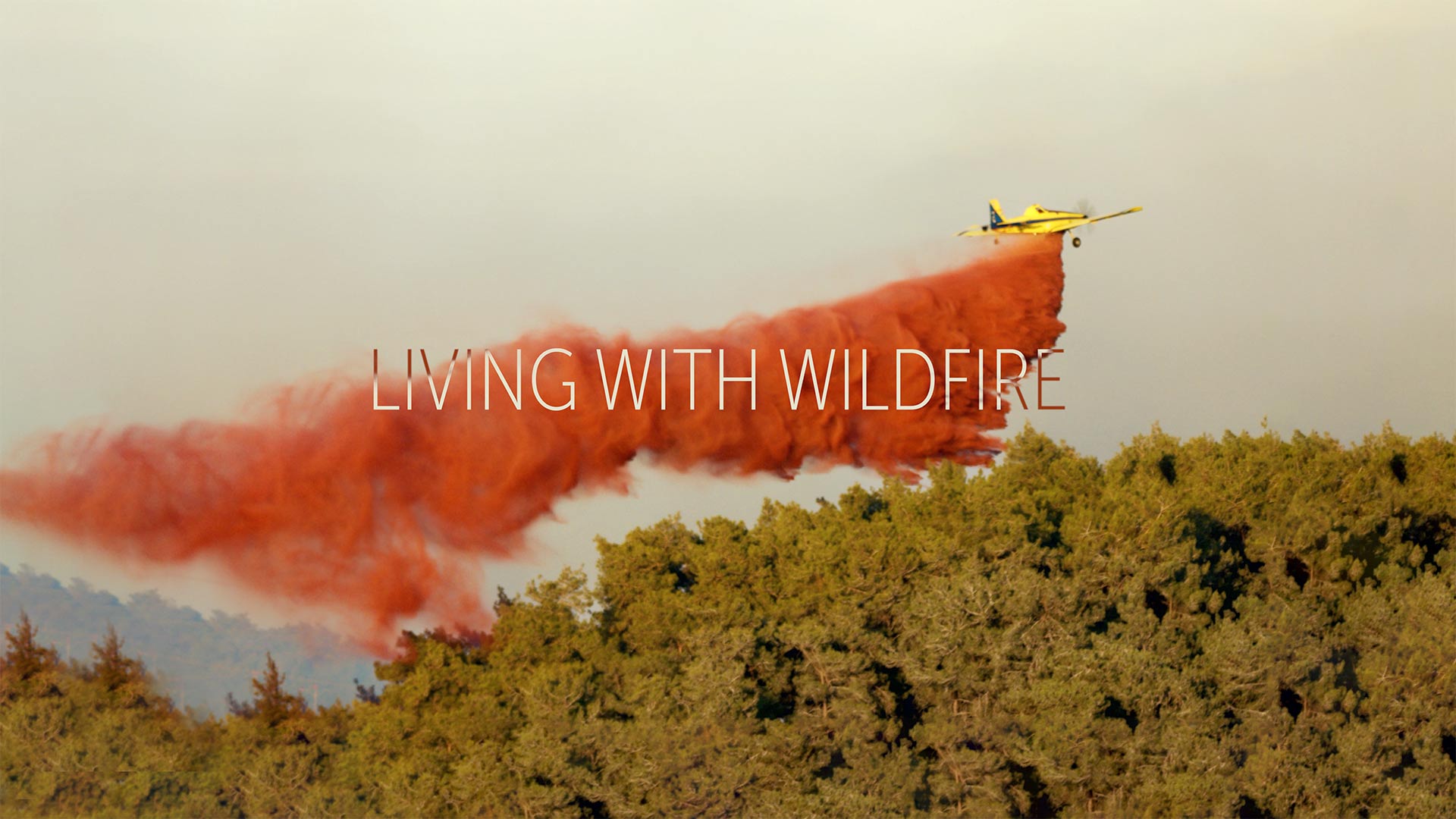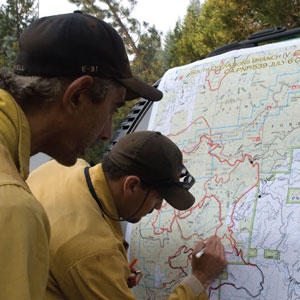-
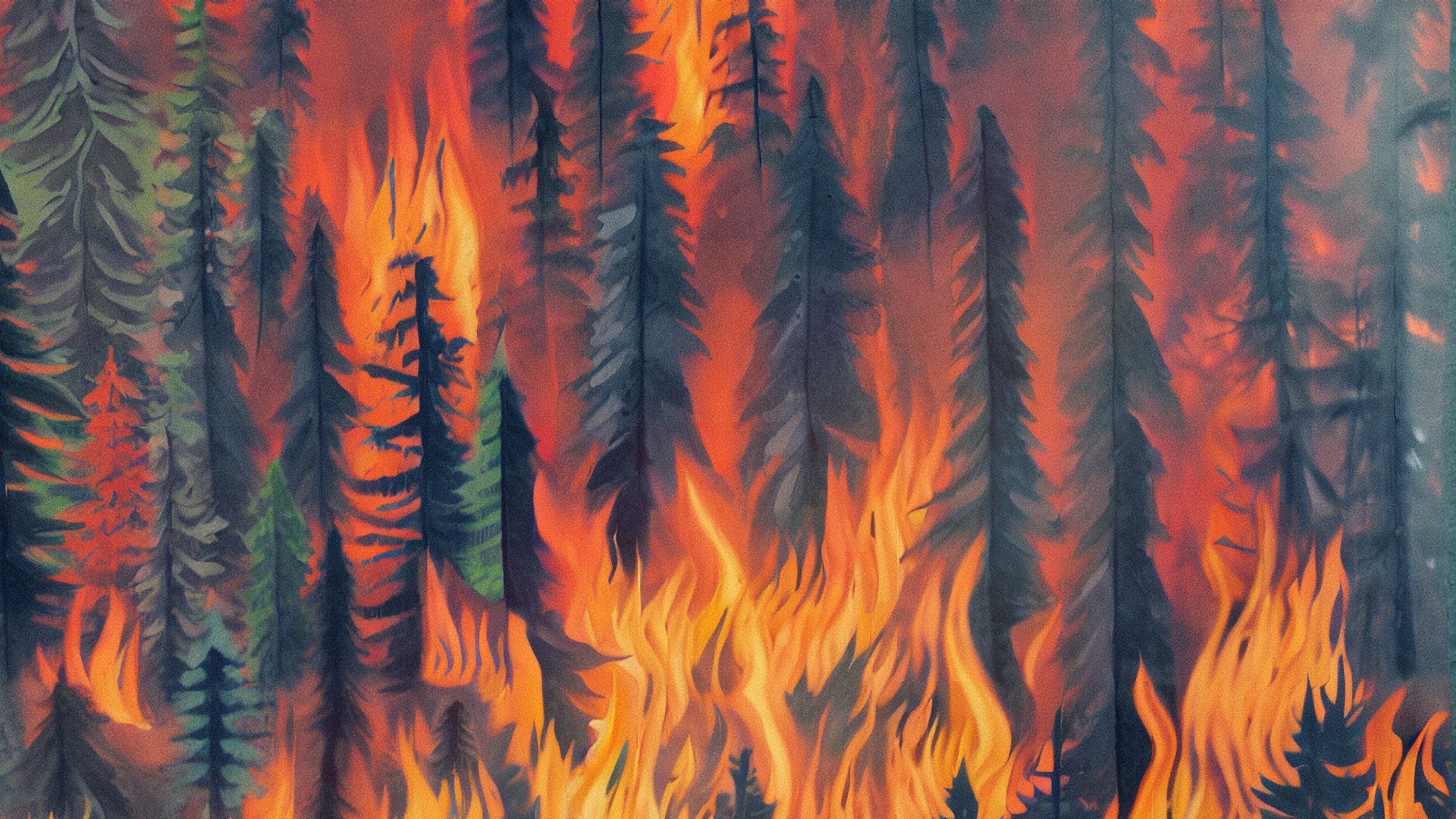
The United States is spending billions of dollars on suppressing wildfires that threaten a growing number of homes, but very little on better preparing communities before a wildfire occurs. Read more
-
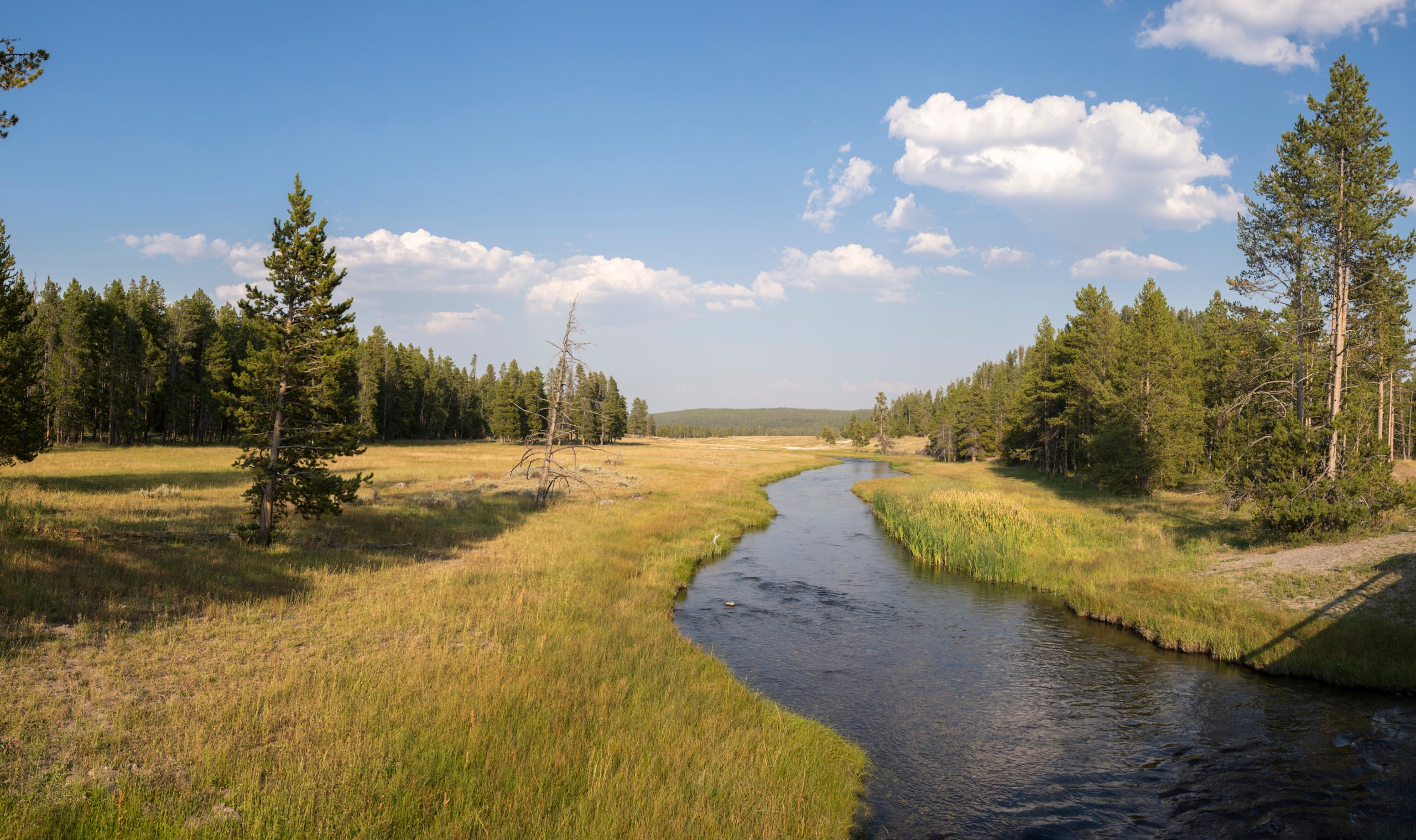
Green infrastructure can provide long-term, cost-effective solutions to flooding and can help communities adapt to climate change. We provide a cost breakdown for eight green infrastructure practices. Read more
-
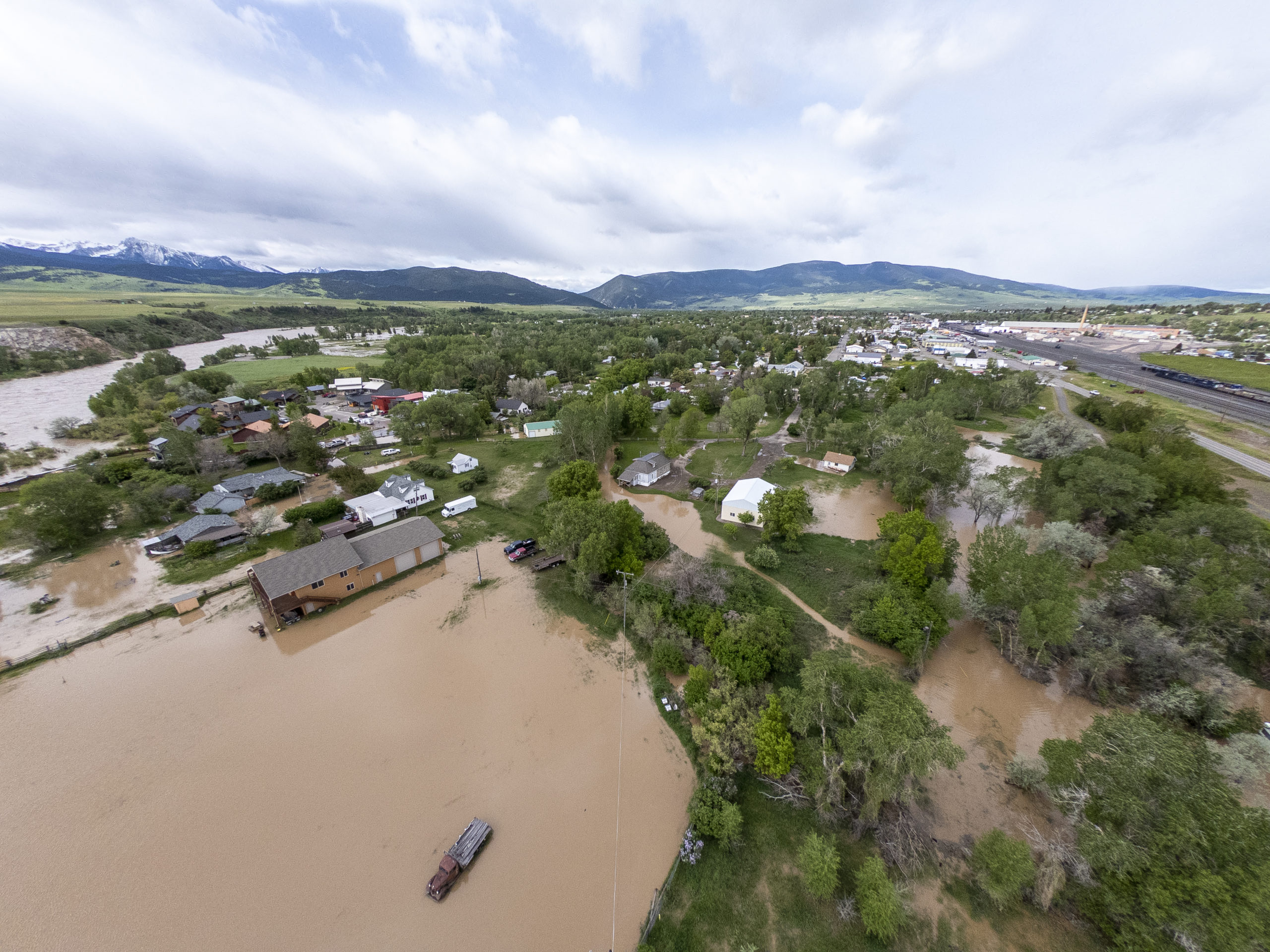
Montana’s mobile home residents face disproportionate flood risk and traditional solutions leave them behind. Read more
-
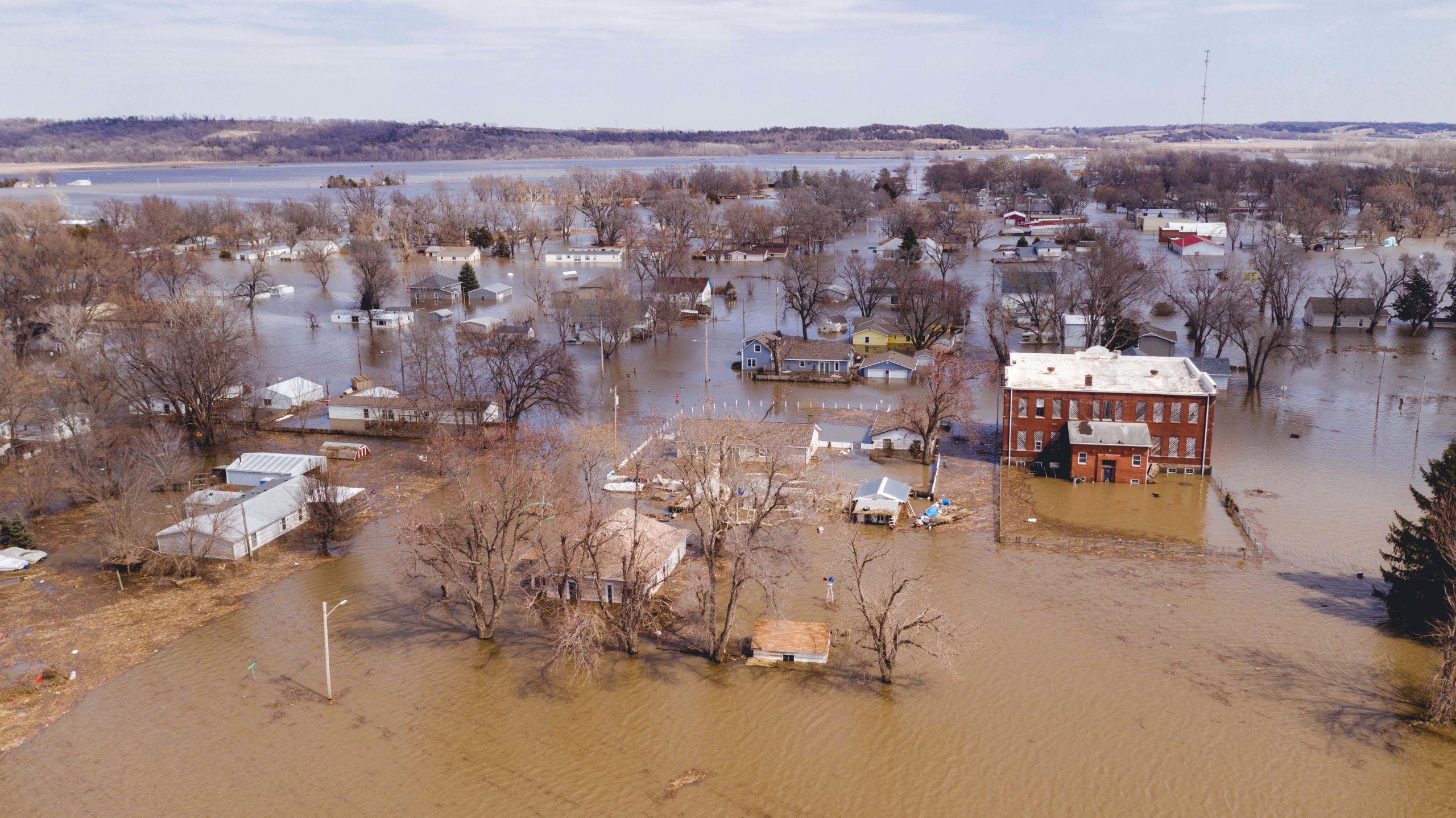
Places with lower capacity are failing to get funding through FEMA’s flagship grant program, Building Resilient Infrastructure and Communities (BRIC). Read more
-
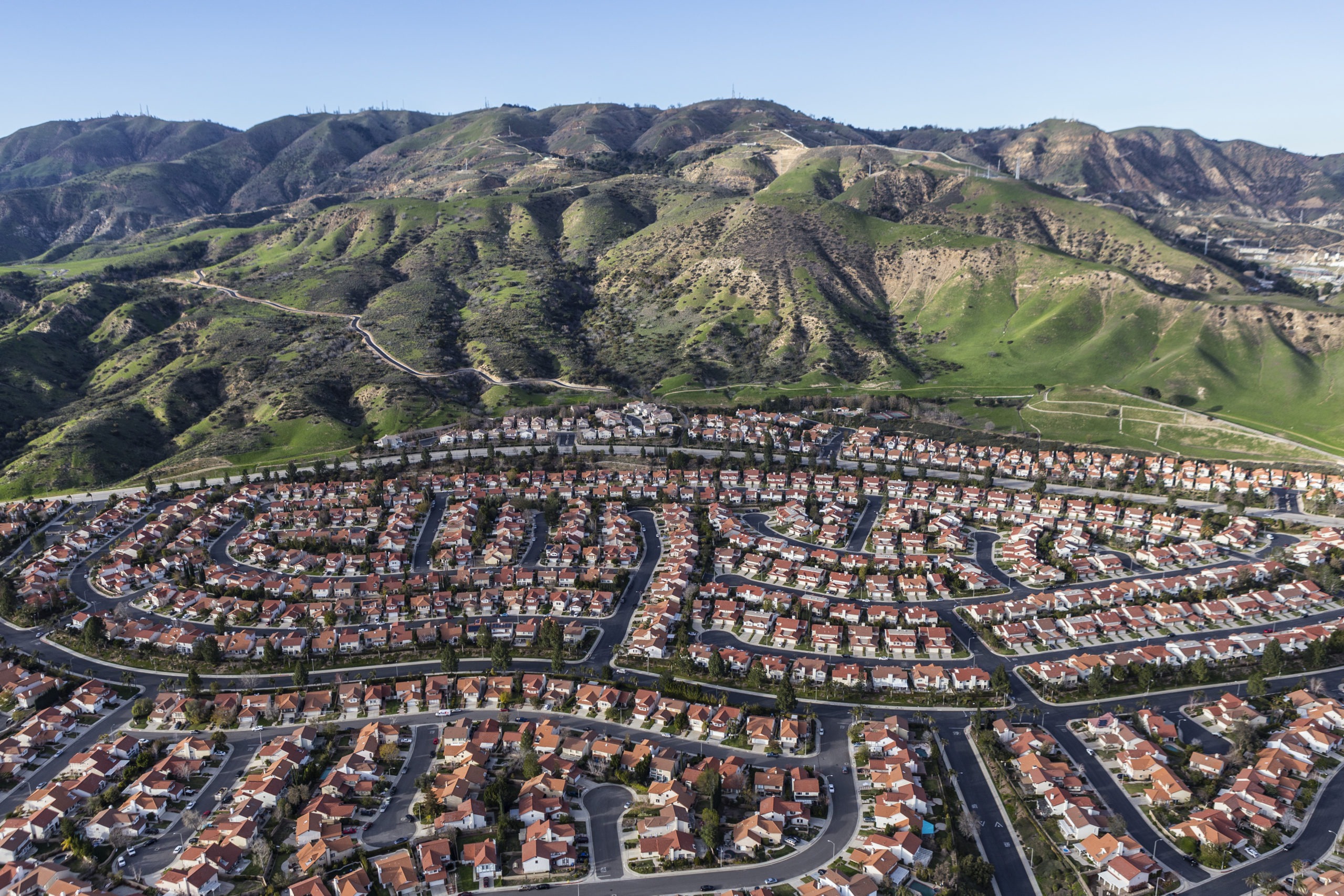
In light of rising wildfire risks, we analyzed the costs of constructing homes to three levels of wildfire resistance in California. Read more
-

At least 1.2 million wood roofs are in areas with wildfire risk. Funding is needed to help communities prepare for wildfire. Read more
-
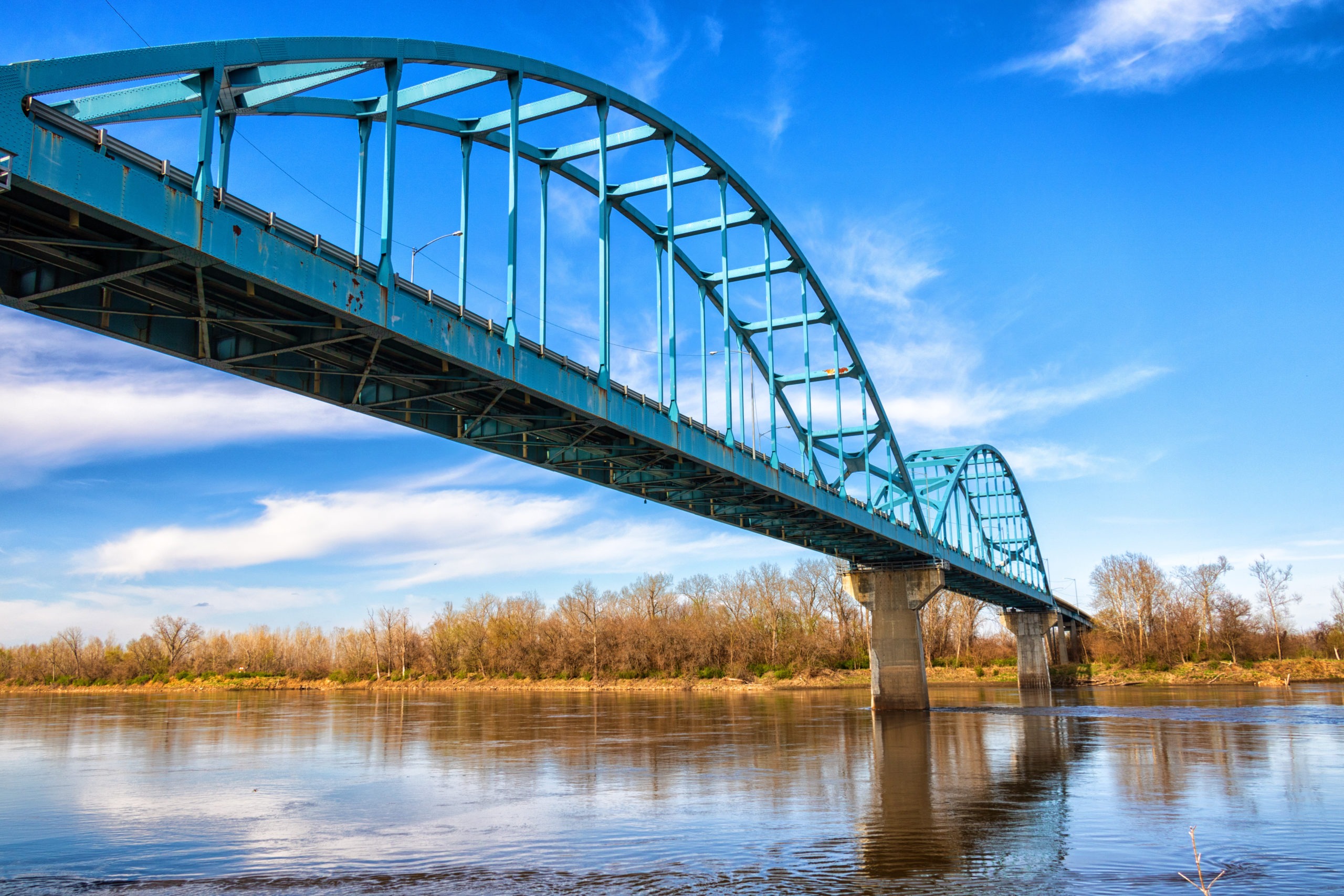
Communities need resilient revenue strategies to fund the long-term costs of capital improvements and infrastructure. Read more
-
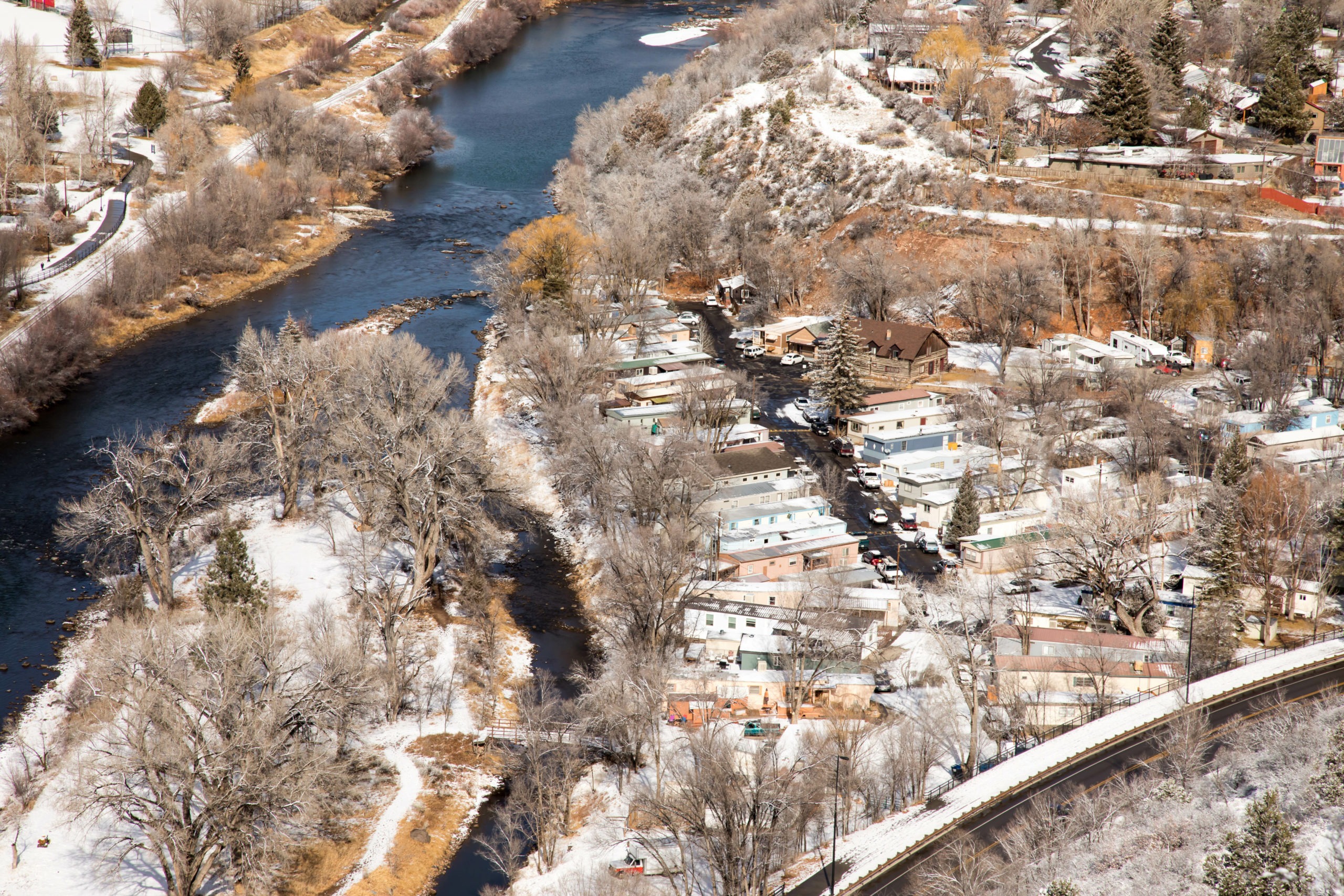
Mobile homes are the most common unsubsidized, affordable housing in the United States but have disproportionately higher flood risk than other housing types. Read more
-
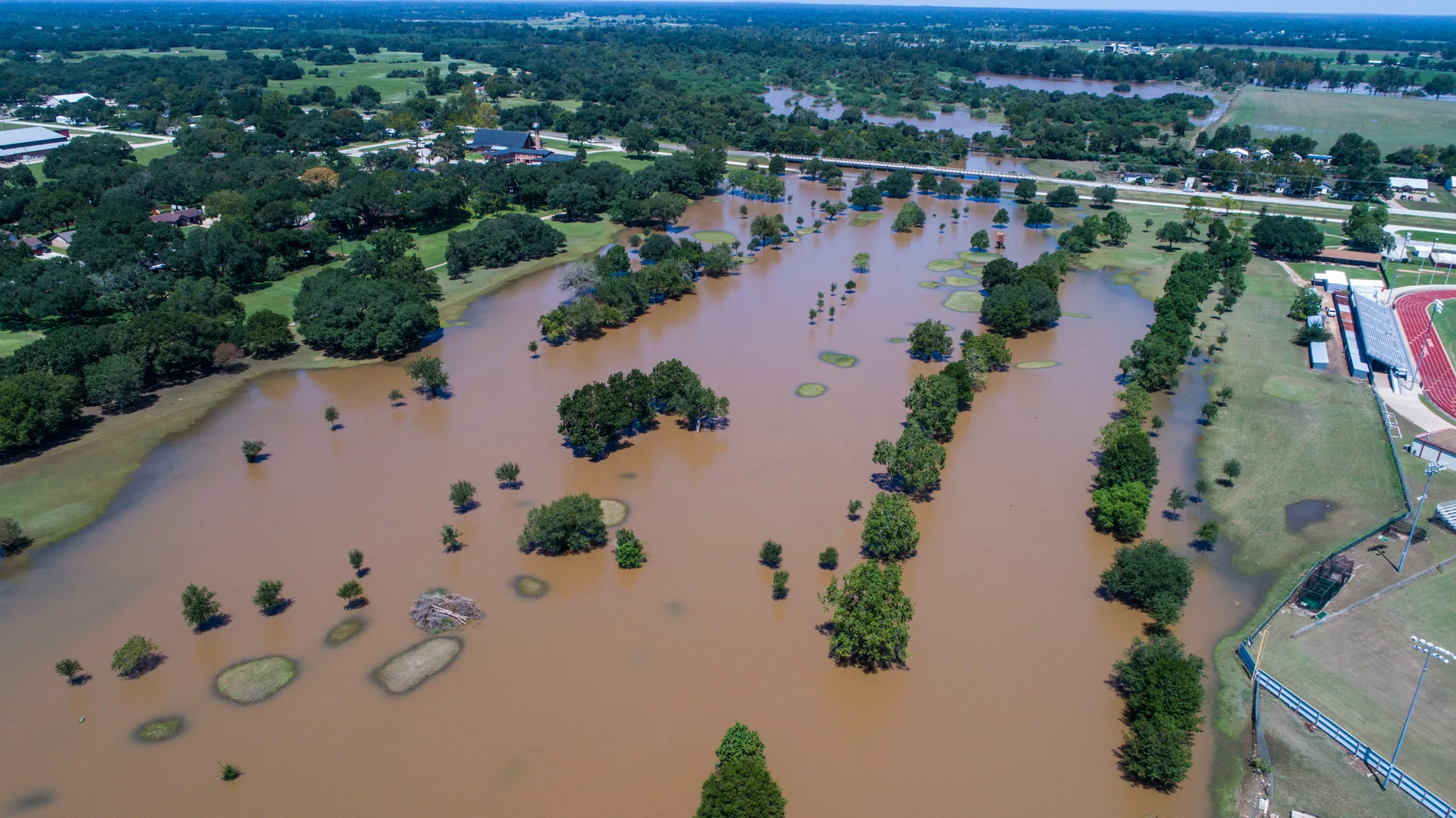
Benefit-cost analysis, required for many federal funding sources, puts smaller, rural, and low-income communities at a disadvantage. Read more
-
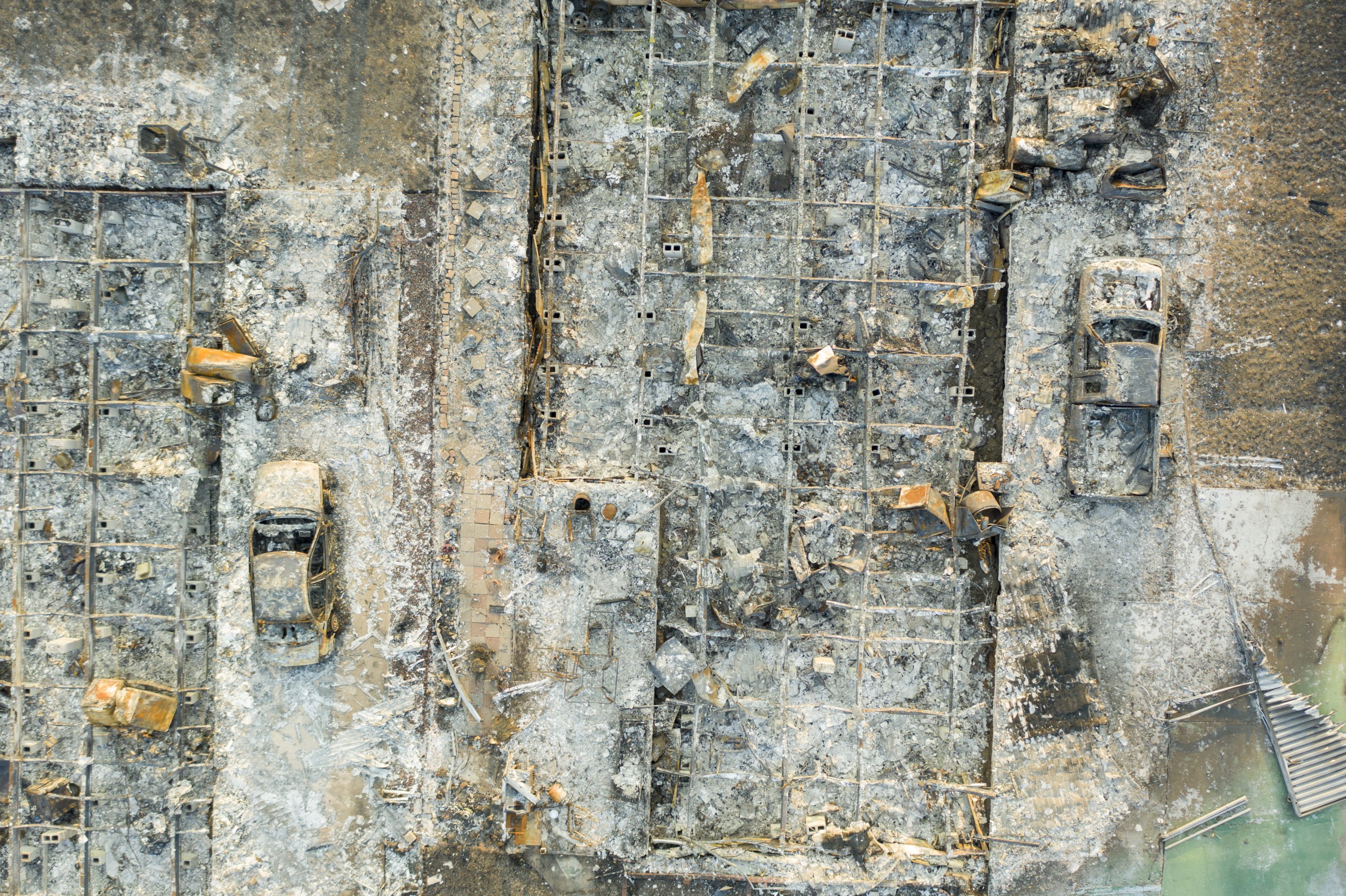
See where wildfire risk intersects social and economic factors that can make it difficult for people to prepare for, respond to, and recover from wildfire. Read more
-
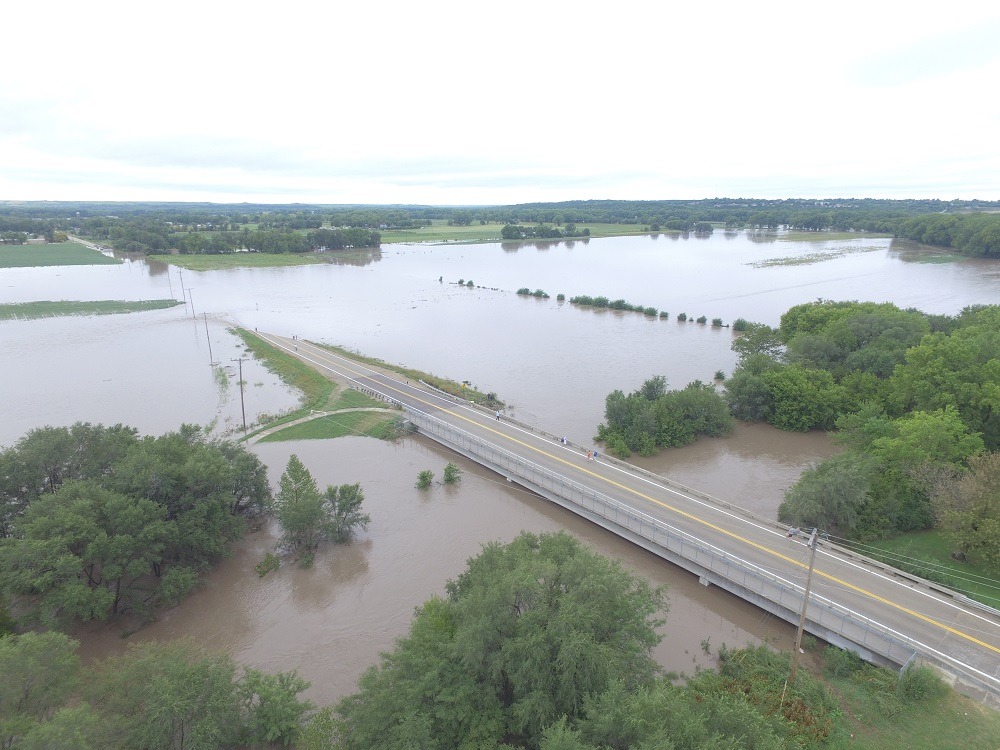
Rural and lower capacity communities failed to successfully compete for FEMA Building Resilient Infrastructure and Communities (BRIC) funding in FY 2020. Read more
-
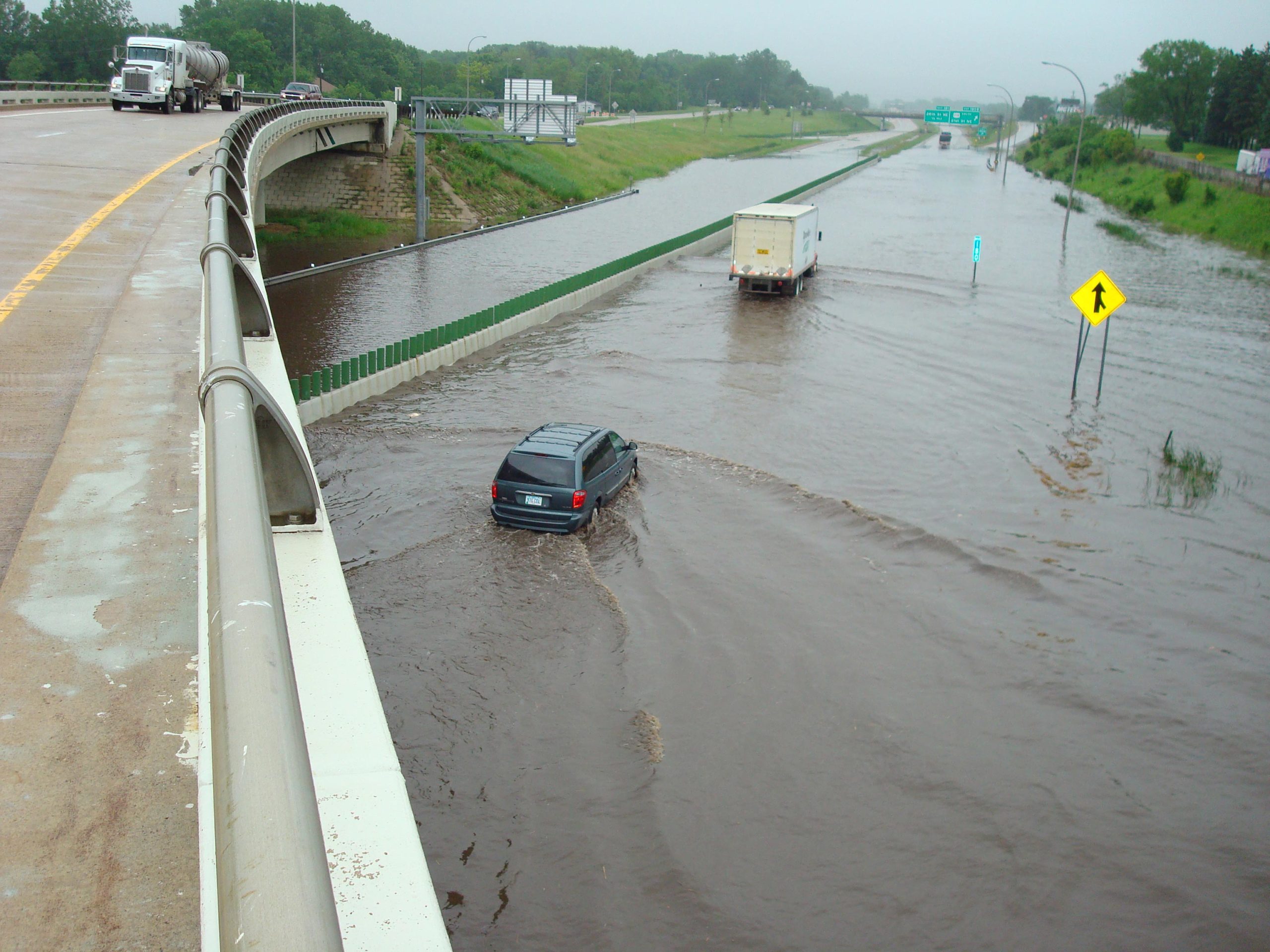
Climate change has the potential to destabilize general operating budgets and constrain access to lending markets. These presentations share promising solutions for “climate-proofing” budgets. Read more
-
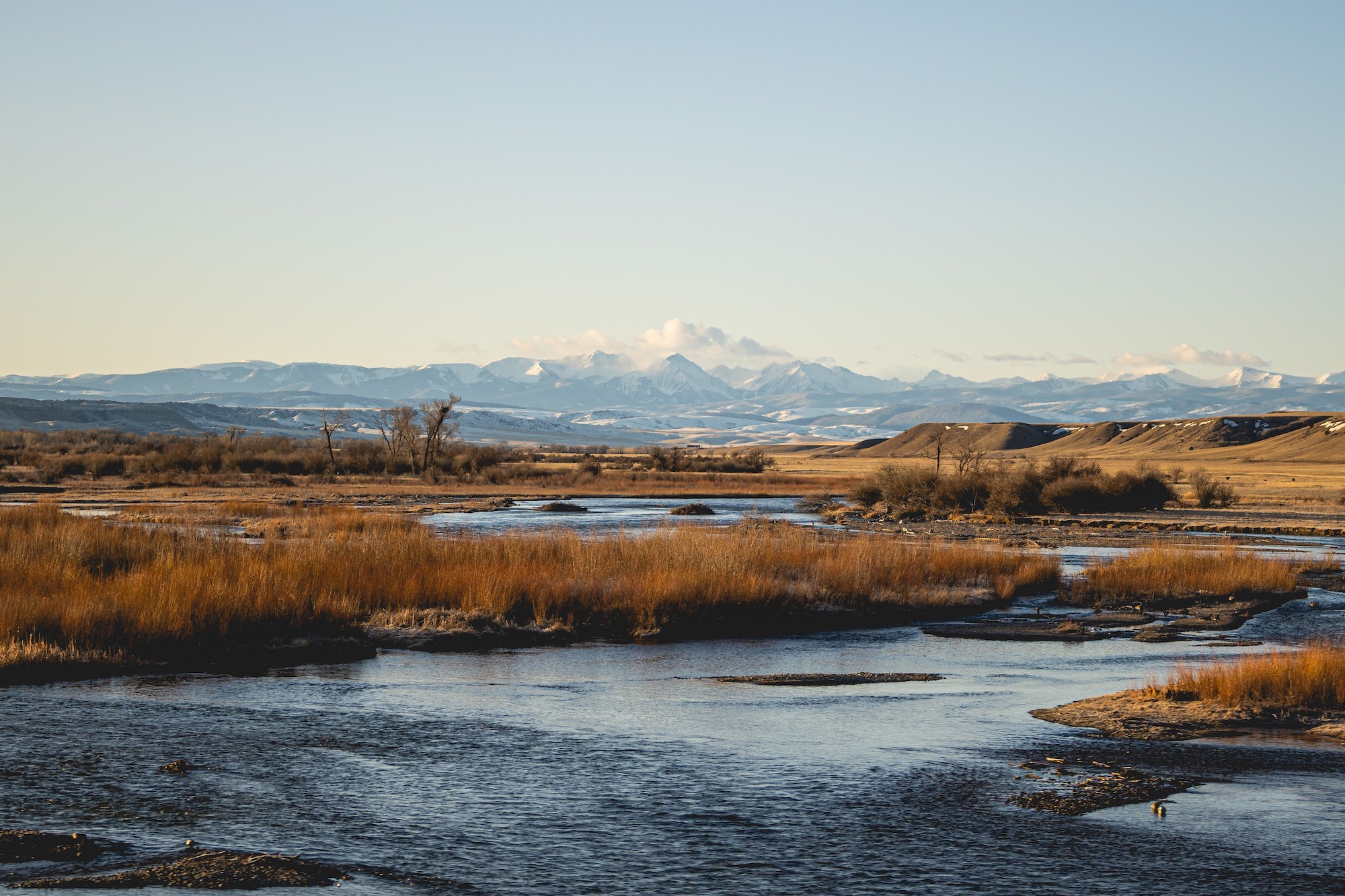
Flood risk is underestimated in the U.S., but better maps and data are not enough to help communities. They must be accompanied with resources to support local action. Read more
-
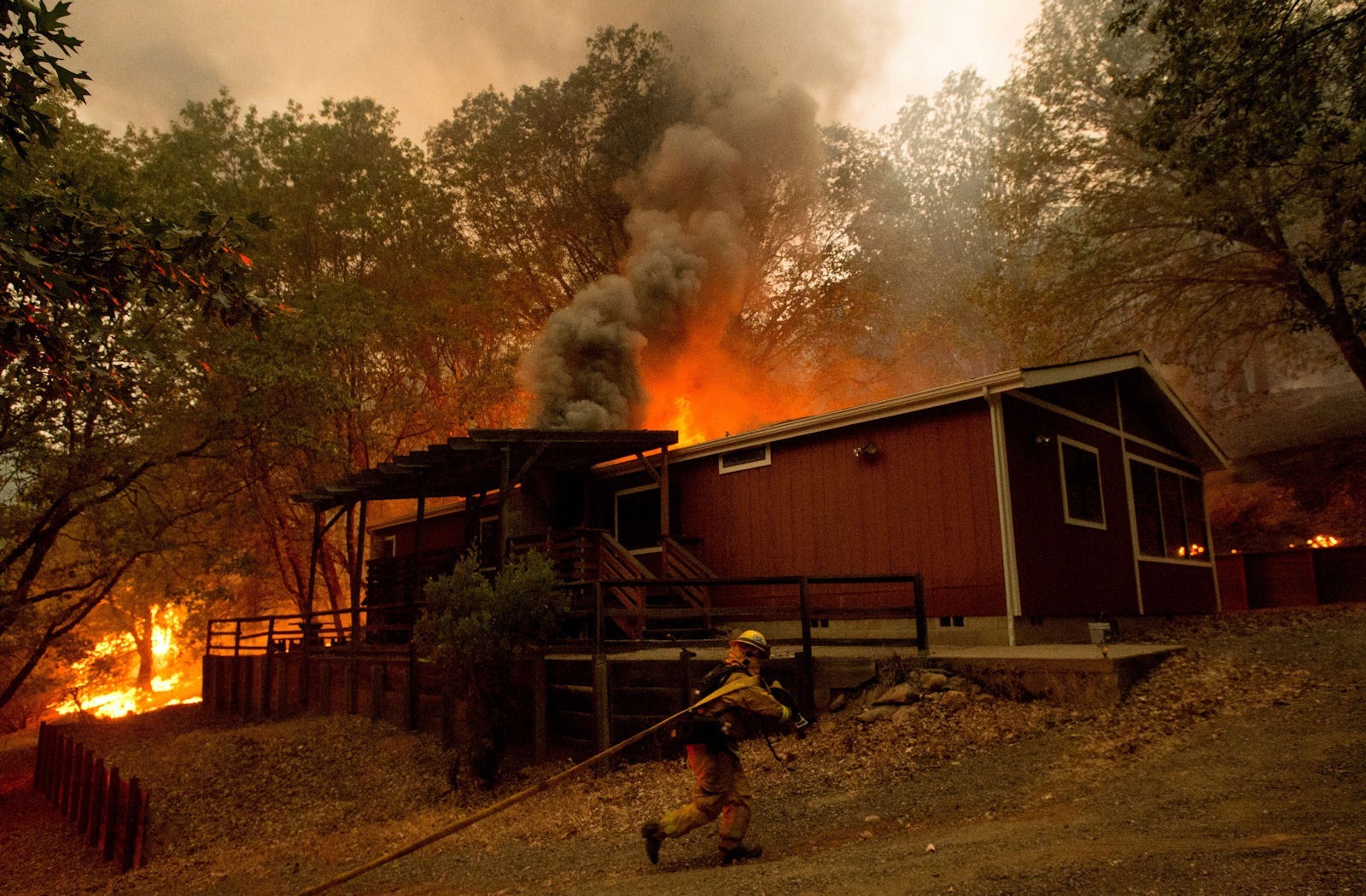
A new report in our Economic Profile System provides community-level data about wildfire hazard and potentially vulnerable populations. Read more
-
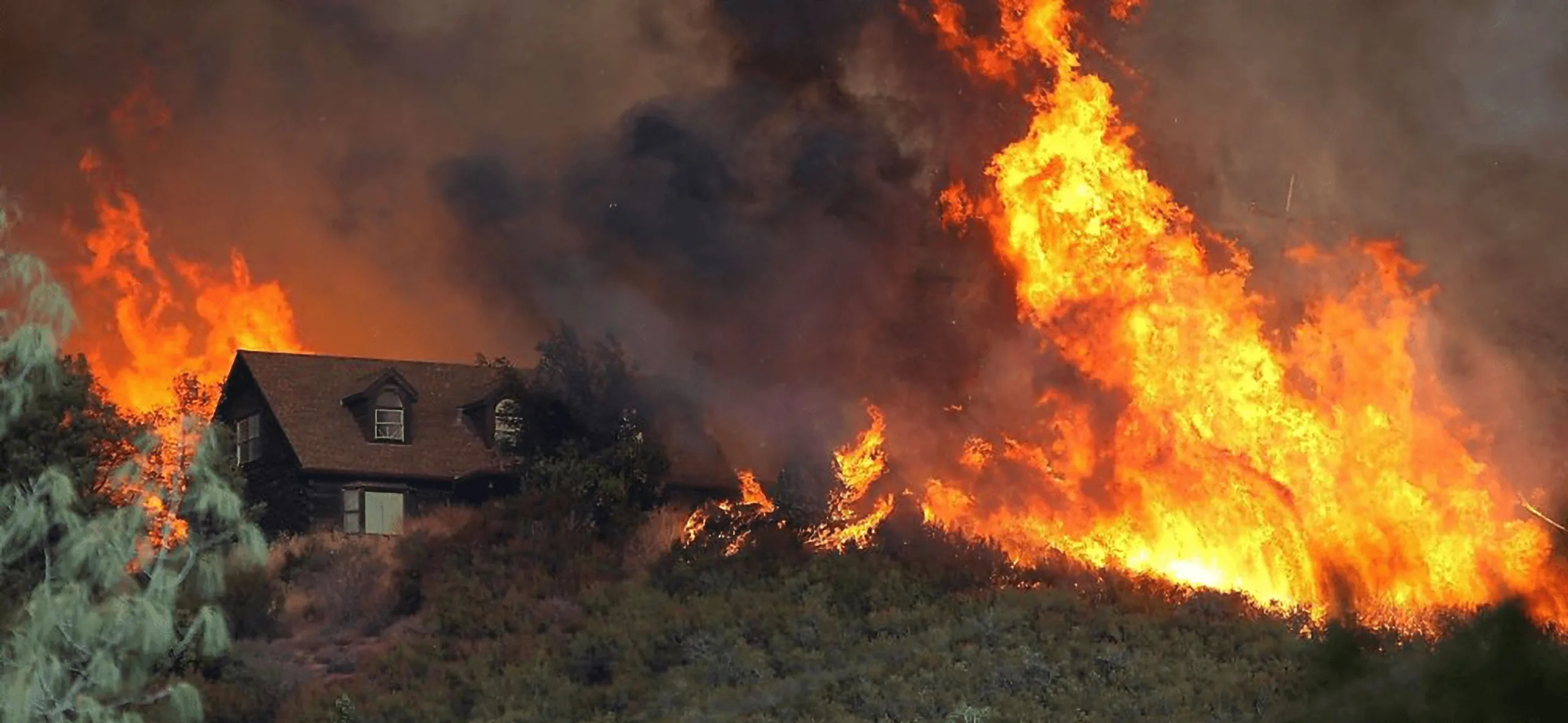
Explore the number of structures destroyed in each state by wildfire. Structures lost—rather than acres burned—provides a more complete measure of the broad impacts of wildfire. Read more
-
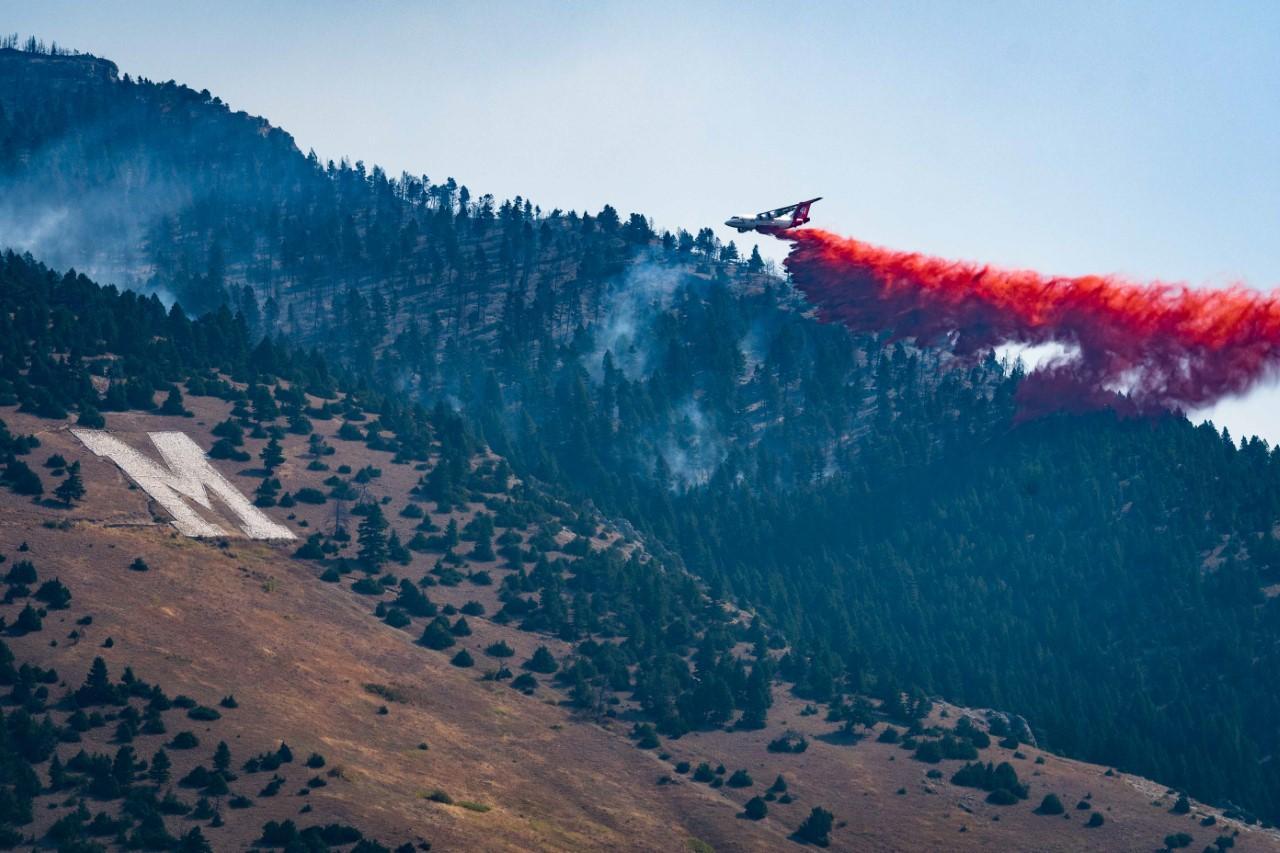
The number of western Montana homes in areas with high wildfire hazard has doubled, outpacing development rates in areas with low wildfire hazard. Read more
-
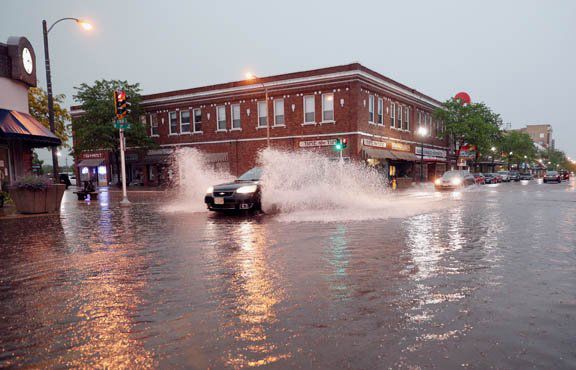
Communities highlighted in this report have successfully reduced flood risk through strategic partnerships, innovative solutions, and creative funding. Read more
-
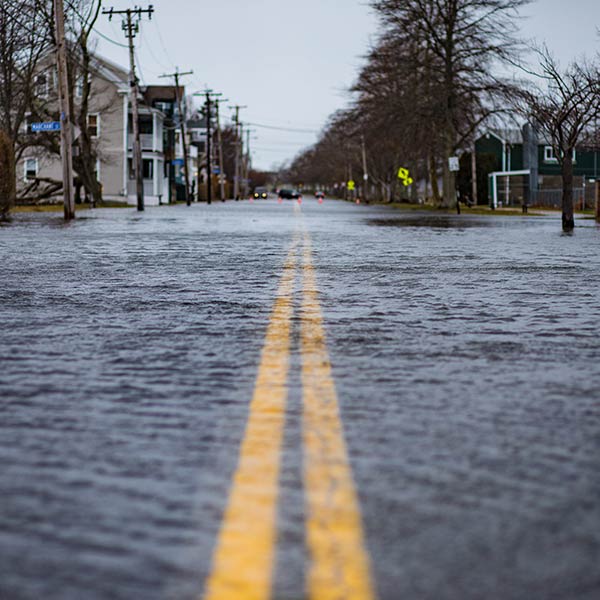
This guide provides advice for developing funding strategies for flood mitigation projects, including where to find funding and how to make an economic pitch for mitigation projects. Read more
